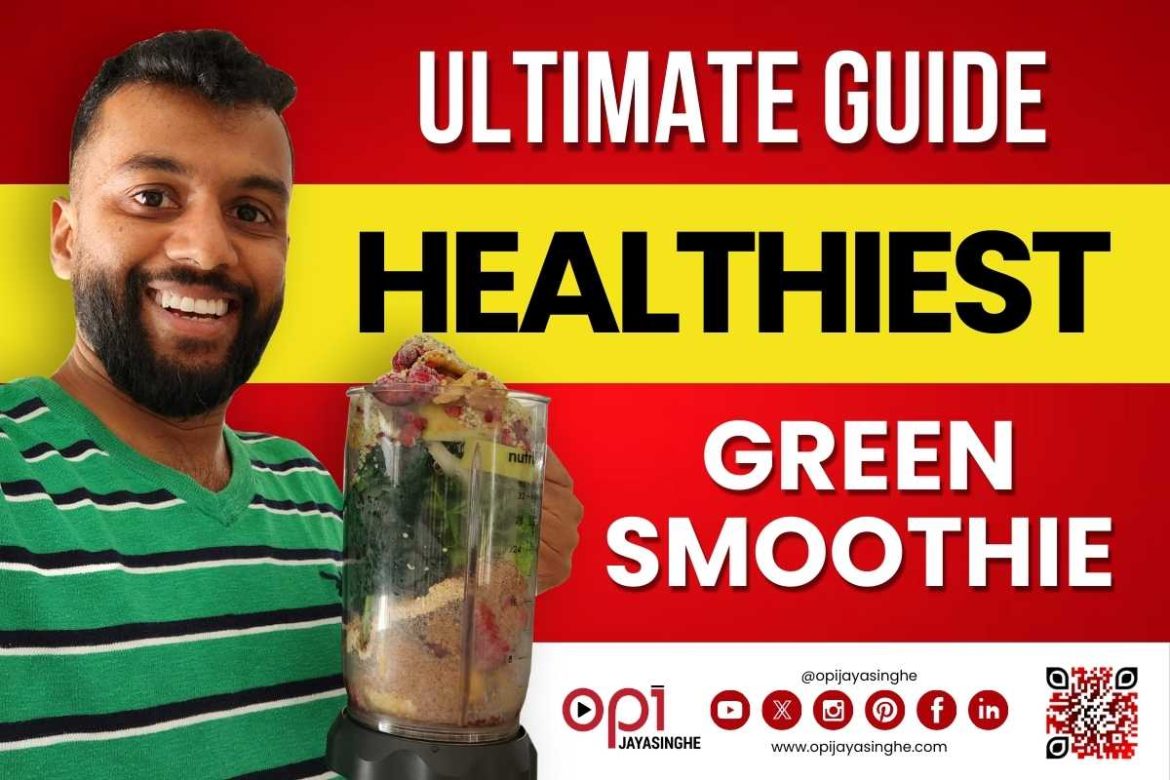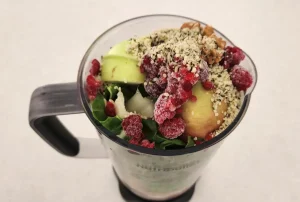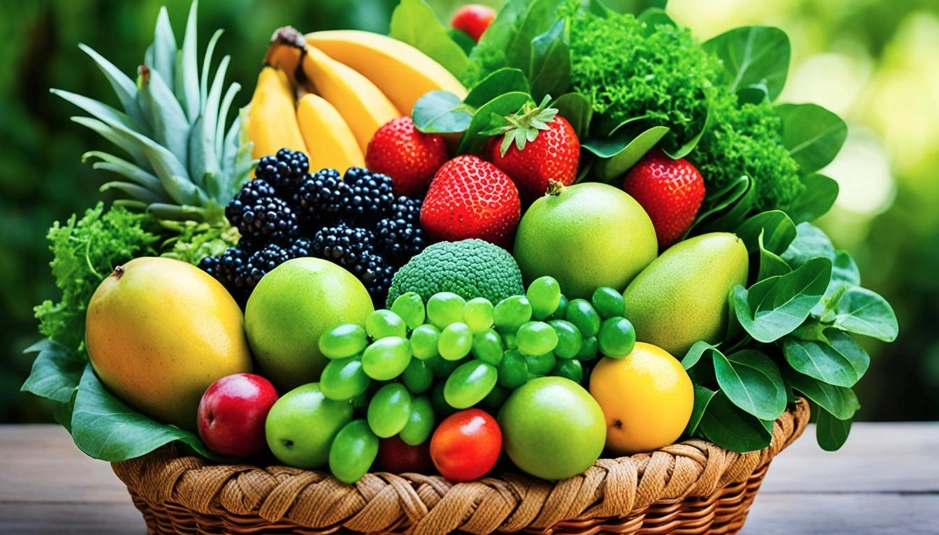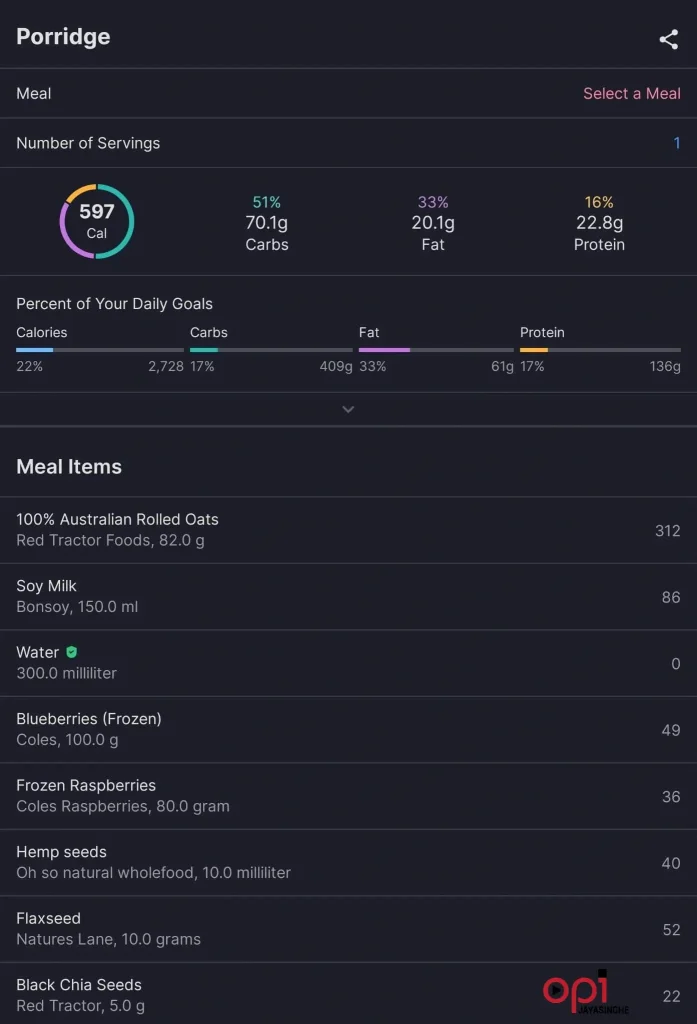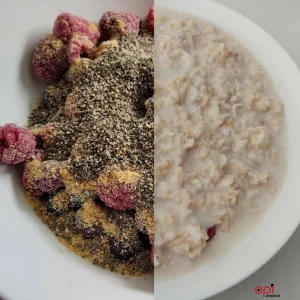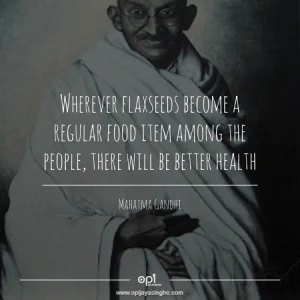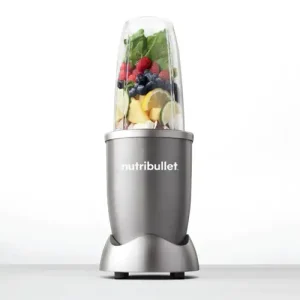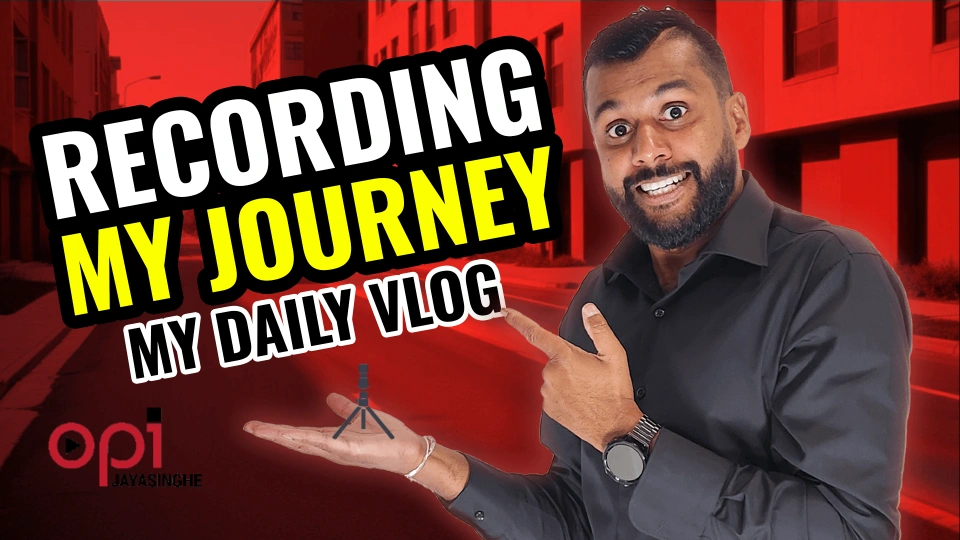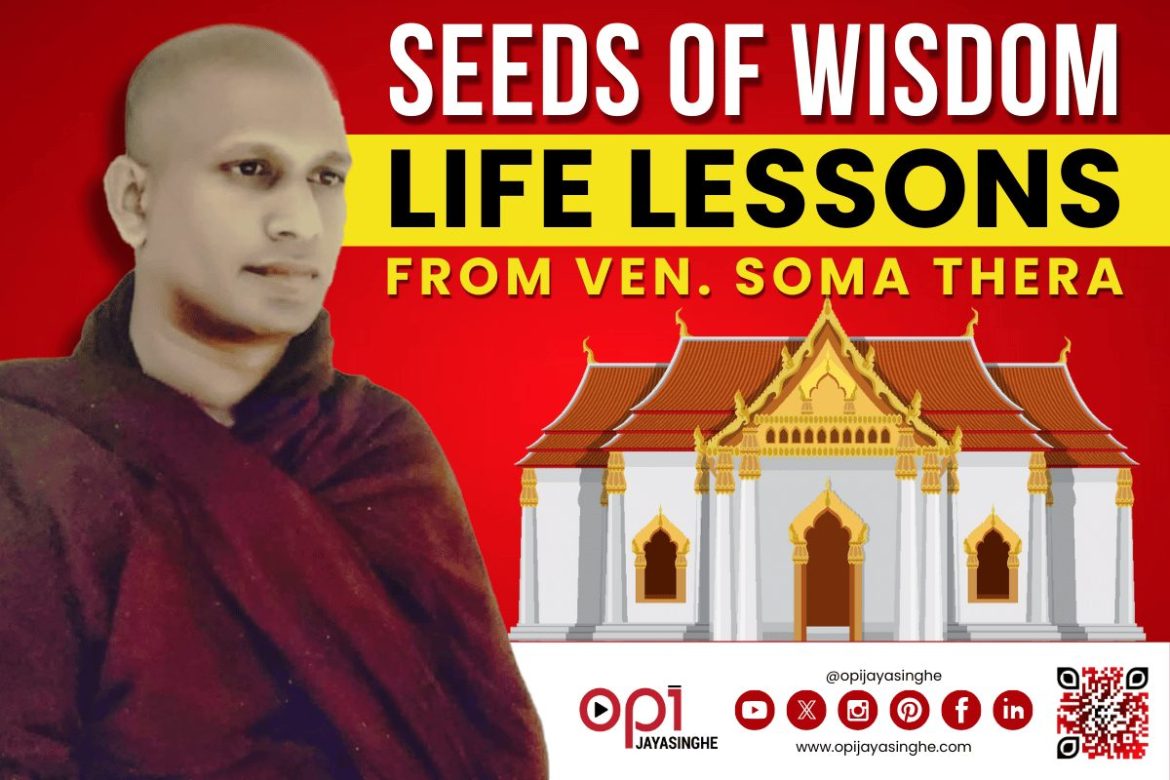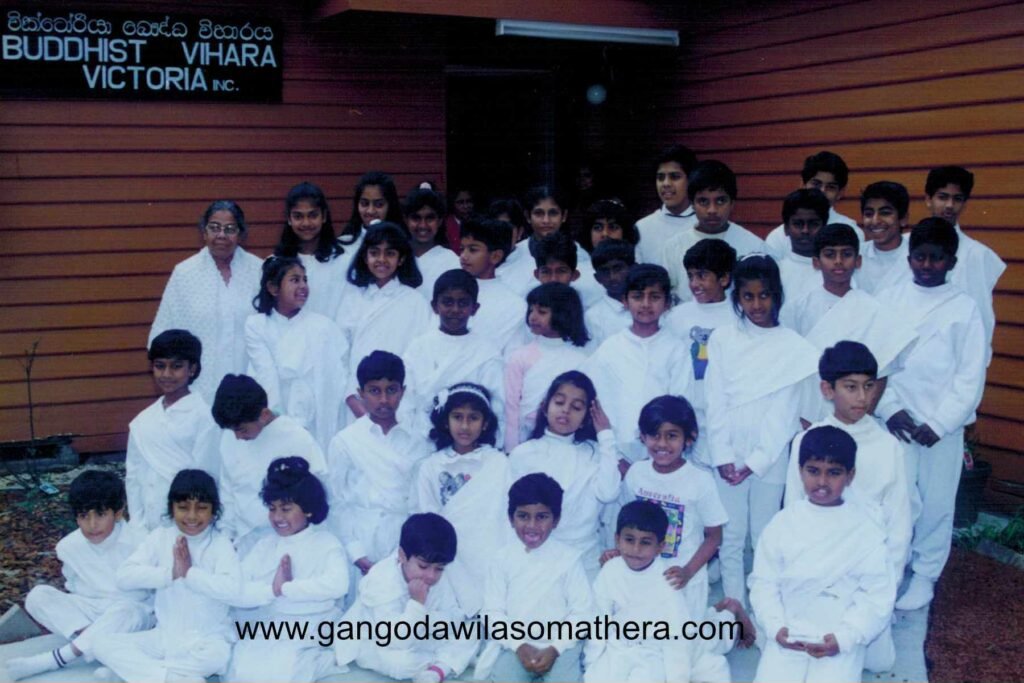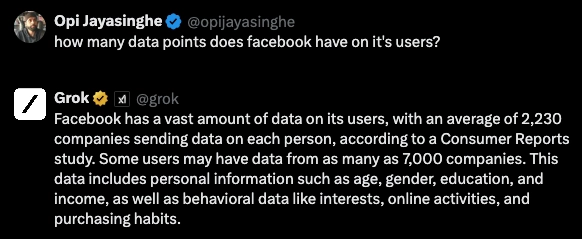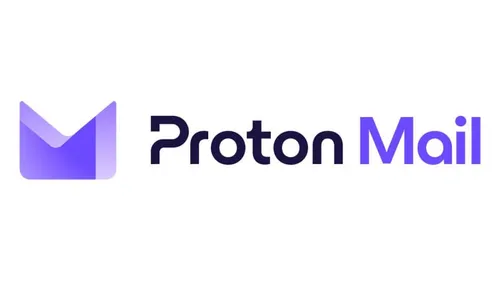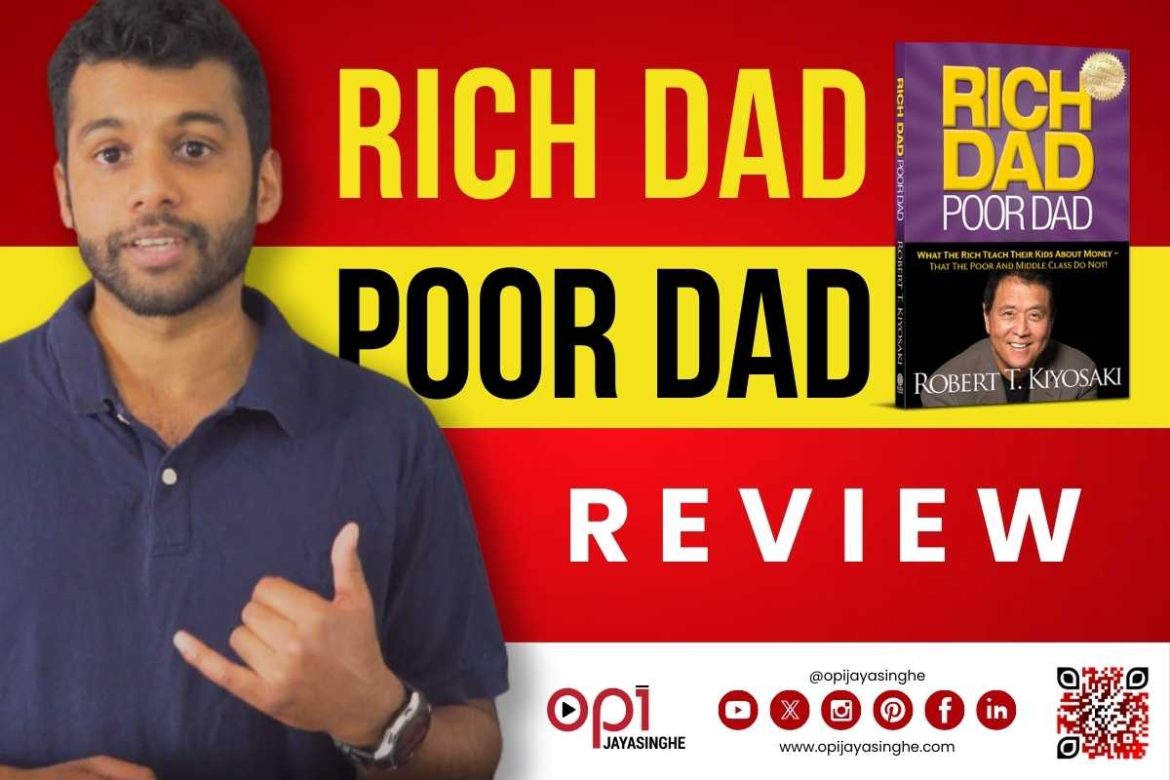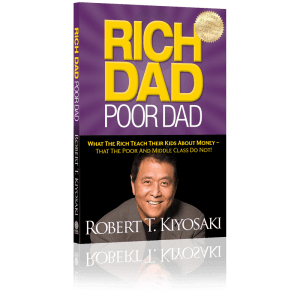Dr. Greger’s Daily Dozen Checklist: A Guide from NutritionFacts.org
In a world increasingly dominated by processed foods and unhealthy eating habits, Dr. Michael Greger’s Daily Dozen Checklist offers a refreshing approach to nutrition. This evidence-based guide, available at NutritionFacts.org, encourages individuals to incorporate the healthiest of healthy foods into their daily routine. By following the Daily Dozen, you can ensure that your diet is rich in essential nutrients, promoting overall health and well-being.
What is the Daily Dozen Checklist?
Overview of the Daily Dozen
The Daily Dozen is a simple checklist created by Dr. Greger to help individuals track their consumption of the healthiest foods every day. It consists of twelve food categories that encompass a variety of plant-based options, ensuring a balanced and nutritious diet. The checklist includes servings of whole grains, fruits, vegetables, legumes, nuts, seeds, and spices, among others. By adhering to this checklist, you can make informed dietary choices and effectively cultivate a healthier lifestyle.
Importance of Healthy Foods in Daily Diet
Incorporating healthy foods into your daily diet is crucial for preventing chronic diseases and maintaining optimal health. The Daily Dozen emphasises the importance of consuming whole, nutrient-dense foods that are rich in vitamins, minerals, and antioxidants. Research has shown that a diet abundant in fruits and vegetables can significantly lower the risk of heart disease, diabetes, and certain cancers. By focusing on the healthiest foods as outlined in Greger’s Daily Dozen, you can enhance your overall well-being and longevity.
How the Daily Dozen Checklist is Structured
Greger’s Daily Dozen is structured into specific food groups, each with recommended serving sizes to guide your meal planning. The checklist includes categories such as fruits, vegetables, whole grains, legumes, nuts, and seeds, along with optional spices and herbs. This structure makes it easy to visualize your daily intake and encourages variety in your diet. By tracking these servings, you can ensure that you are meeting your nutritional needs and prioritising the healthiest foods in every meal.
How Many Servings of Each Food Group Should I Include in the Daily Dozen?
Understanding Serving Sizes in the Daily Dozen
Understanding serving sizes is vital for effectively using the Daily Dozen Checklist. Each food group has specific serving recommendations that help you achieve a balanced diet. For instance, one serving of fruit could be a medium-sized apple or a cup of berries, while a serving of whole grains might consist of half a cup of cooked brown rice. By familiarising yourself with these serving sizes, you can better integrate the Daily Dozen into your meal plan and ensure that you are consuming adequate portions of each food group.
What are the Recommended Servings for Whole Grains?
Whole grains are a cornerstone of the Daily Dozen, with Dr. Greger recommending at least three servings per day. Examples of whole grains include brown rice, quinoa, oats, and whole wheat bread. These foods are not only rich in fibre but also provide essential nutrients such as B vitamins, iron, and magnesium. Incorporating whole grains into your daily meals can help maintain steady energy levels while supporting digestive health. By aiming for the recommended servings of whole grains, you can optimise your diet for better health outcomes.
Daily Servings of Cruciferous Vegetables
Cruciferous vegetables, known for their cancer-fighting properties, are prominently featured in Greger’s Daily Dozen. Dr. Greger suggests including at least one serving of these vegetables daily, which can include options such as broccoli, cauliflower, kale, and Brussels sprouts. These nutrient-dense foods are packed with vitamins C and K, as well as various phytonutrients that contribute to their health benefits. By adding cruciferous vegetables to your meals, you not only enhance your nutritional intake but also support your body’s natural defense mechanisms.
How Can I Incorporate Flaxseed into My Daily Dozen?
Health Benefits of Flaxseed
Flaxseed is a powerhouse of nutrition and is highly recommended in Greger’s Daily Dozen. This tiny seed is rich in omega-3 fatty acids, fiber, and lignans, which are known to promote heart health and provide anti-inflammatory benefits. Regularly incorporating flaxseed into your diet can help lower cholesterol levels, improve digestive health, and even support weight management. By recognising the health benefits of flaxseed, you can better appreciate its role in achieving your Daily Dozen goals.
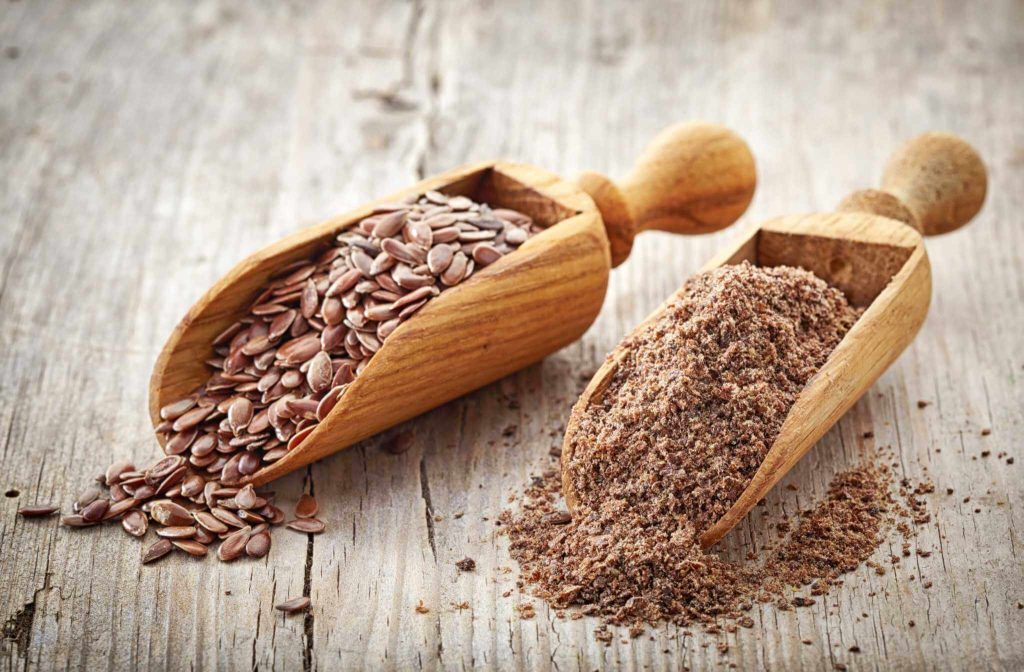
Ways to Add Flaxseed to Your Meals
Integrating flaxseed into your daily meals is simple and versatile. You can sprinkle ground flaxseed onto oatmeal, yogurt, or salads, or blend it into smoothies for added nutrition. Additionally, flaxseed can be used as an egg substitute in baking by mixing it with water. This not only boosts the nutritional value of your meals but also enhances flavor and texture. By finding creative ways to add flaxseed to your diet, you can easily meet your Daily Dozen requirements.
Flaxseed Serving Recommendations
Dr. Greger recommends consuming at least one tablespoon of ground flaxseed daily to reap its health benefits. This serving size provides a significant amount of omega-3 fatty acids and fiber, contributing to your overall intake of healthy foods. When incorporating flaxseed into your diet, opt for freshly ground seeds to maximise nutrient absorption. By adhering to this serving recommendation, you can effectively enhance your meal plan while staying true to the principles of the Daily Dozen.
What are the Best Sources of Cruciferous Vegetables for the Daily Dozen?
Examples of Cruciferous Vegetables
Cruciferous vegetables are not only versatile but also offer a wide range of health benefits. Some of the best sources include broccoli, cauliflower, kale, Brussels sprouts, arugula, and cabbage. Each of these vegetables is packed with essential nutrients and phytochemicals that support health. By incorporating a variety of cruciferous vegetables into your meals, you can enhance the nutritional diversity of your diet and ensure you are getting the maximum health benefits.
Health Benefits of Eating Cruciferous Vegetables
Eating cruciferous vegetables has been linked to numerous health benefits, including a reduced risk of chronic diseases. These vegetables are rich in antioxidants and anti-inflammatory compounds, which may help combat oxidative stress and inflammation in the body. Additionally, they support detoxification processes and may even have protective effects against certain types of cancer. By prioritizing cruciferous vegetables in your daily diet, you align with the evidence-based recommendations of Greger’s Daily Dozen, fostering improved health outcomes.
How to Prepare and Cook Cruciferous Vegetables
Preparing and cooking cruciferous vegetables can be both simple and delicious. Steaming, roasting, or sautéing are excellent methods that help retain their nutrients while enhancing flavour. For example, roasting Brussels sprouts with a drizzle of olive oil and a sprinkle of salt can make for a tasty side dish. Additionally, adding cruciferous vegetables to soups, stir-fries, or salads is an easy way to incorporate them into your daily meals. By mastering these preparation techniques, you can enjoy the full benefits of these nutrient-dense foods.
How Can I Use the Daily Dozen App for Healthy Eating?
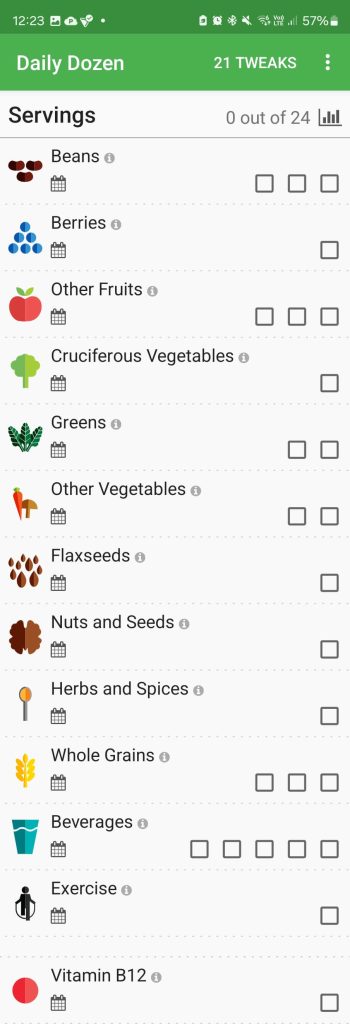
Features of the Daily Dozen App
The Daily Dozen app, developed by Dr. Greger, is a free tool designed to help you track your daily servings of the healthiest foods. The app features an intuitive interface that allows you to easily check off the foods you’ve consumed and see your progress throughout the day. With regular updates and the latest in nutrition research, the app serves as a comprehensive resource for anyone looking to improve their diet and lifestyle.
Tracking Your Daily Servings with the App
Using the Daily Dozen app to track your servings is a straightforward process. Each time you consume a food group from the checklist, you can simply check it off in the app. This feature encourages accountability and helps you visualise your intake. By tracking your daily servings, you can identify areas for improvement and ensure that you are making choices that align with Dr. Greger’s recommendations. This tracking method can be a game-changer for those trying to adhere to the Daily Dozen principles.
Tweaking Your Meal Plan Using the Daily Dozen App
The Daily Dozen app allows you to tweak your meal plan effectively based on your preferences and dietary needs. By analysing your tracked data, you can identify patterns in your eating habits and make necessary adjustments to ensure you meet your Daily Dozen goals. Whether you need to increase your servings of whole grains or add more cruciferous vegetables, the app provides the flexibility to customise your approach to healthy eating. By leveraging these features, you can take control of your nutrition and work towards a healthier lifestyle.


